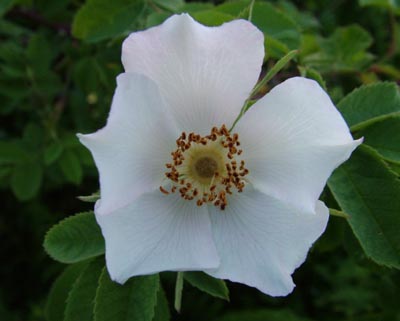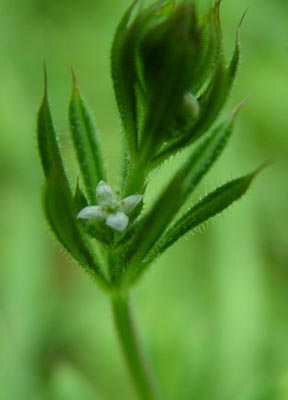A brief, late, visit to the Hedgerow. I can never quite believe the variety of images I can get in such a tiny space and in so short a time.
Dull and sticky. Updated fly identification on 7th June and corrected moth on 12th June.
This is the first Bramble flower spotted. I'm looking for many-petalled versions this year, and of course I'll cover the pink ones, too.
Last year's camera found grasses impossible for focussing. Cock's-foot on the left and Rough Meadow Grass on the right. (Thanks to Gill for that correction).
I've become a bit bolder in my moth identification. I think they are really under-rated insects. Some are very beautiful. White Ermine on the left and Silver-ground Carpet on the right.
I think this is the Downy Rose. Oddly, we didn't see it at this place last year, but the specimen is clearly several years old.

The Navelwort flower has to be one of the most delicate. These flowers are about 1 cm along the tube.
The Orange Tip butterfly larva is now about 12 mm long. This plant had a new Orange Tip egg on it, so this caterpillar must be about ready to move on. Note the small piece of seed-pod remaining.

This is the flower of the Cleavers, or Goose-grass. It's about 3 mm across.
I've already shown galls, larvae, eggs, and fungi (rusts) on the Meadowsweet. Now we have another infestation of some kind (?fungal). The Meadowsweet must have some very attractive nutrients or protective properties.
These are the seed-pods of the Bush Vetch. Obviously one of the Pea family.
Another Soldier Beetle - closely related to the one on June 7th. Cantharis lateralis, I think
And another green-coloured fly on the buds of the Meadow Vetchling - another Pea.
This is a young example of the Giant Hogweed. It is currently about 3 metres tall. The flower head is roughly 60 cm across, but will get much larger.